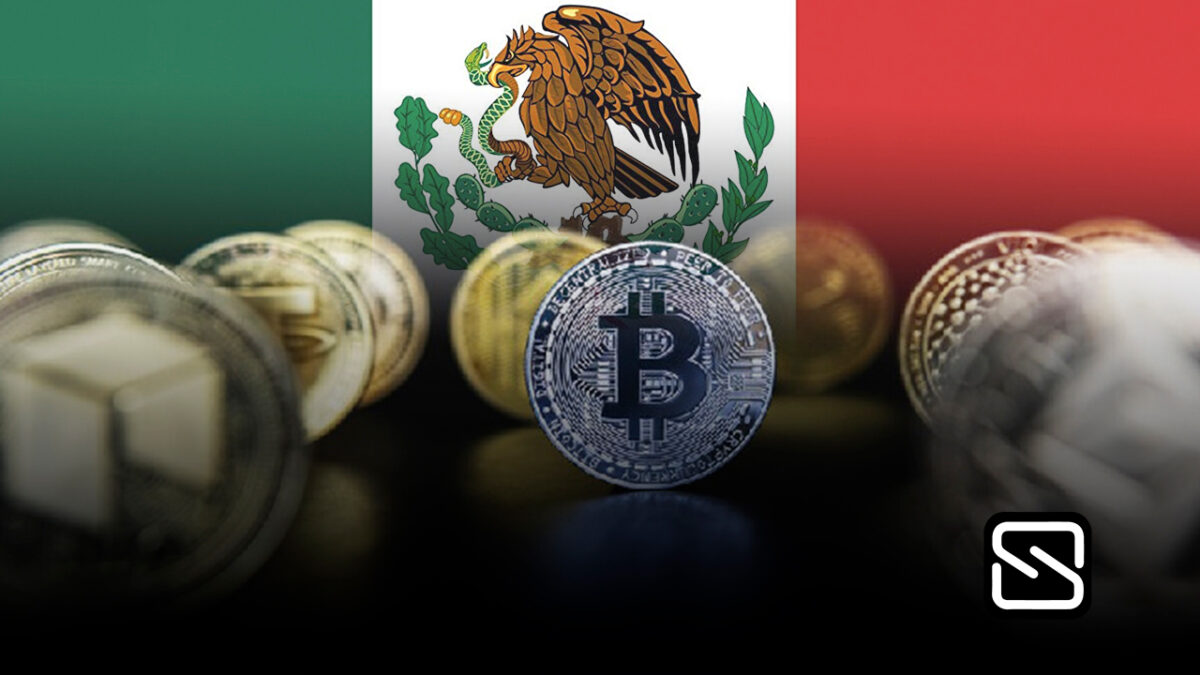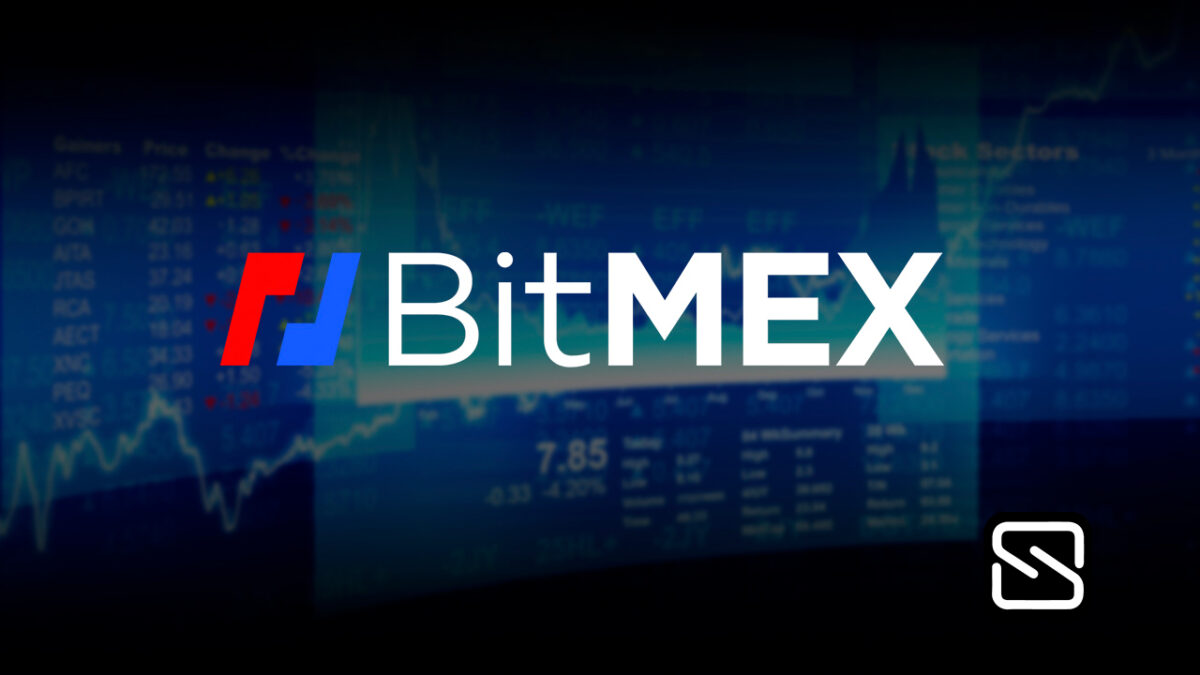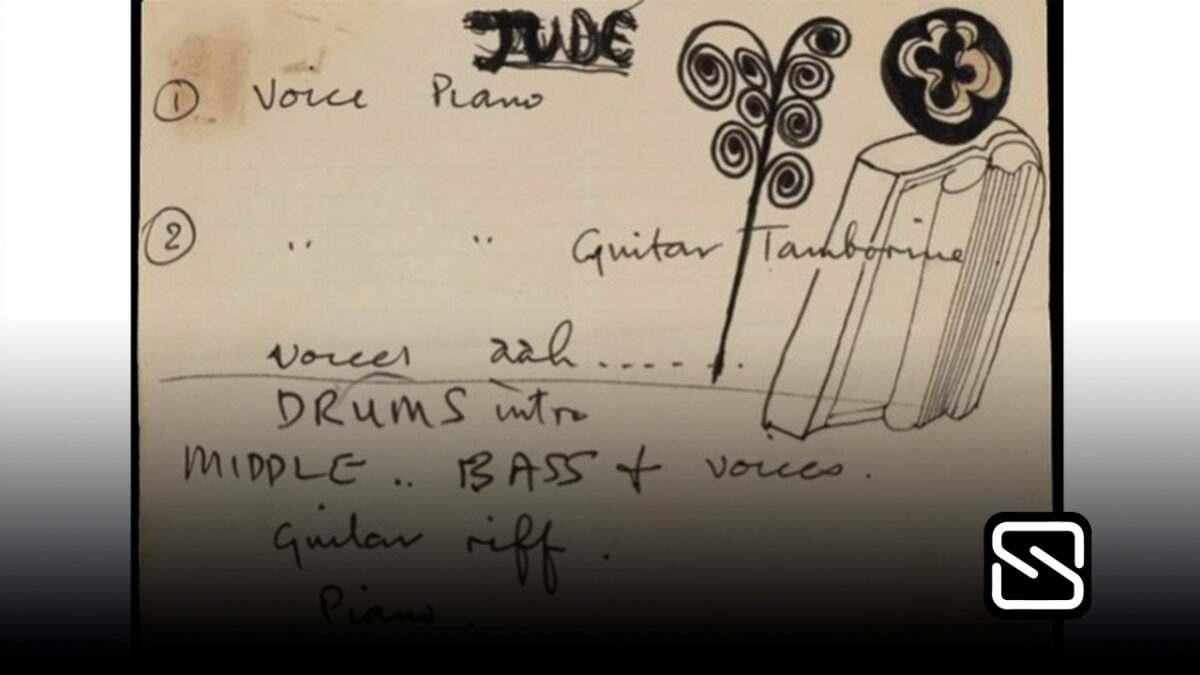Non-fungible tokens, or NFTs, are altering our perceptions of art, and investors are taking notice. NFTs have exploded into the crypto scene in recent years. Artists have taken advantage of the technology’s ability to generate real-world scarcity for digital things using cryptographically unique tokens.
The NFT market boomed in 2021, generating more than $25 billion in trade volume, and it hasn’t slowed down so far this year. This list compiles the top most expensive single-NFT sales to date (in US dollars), ranging from Beeple’s limited-edition items to a variety of CryptoPunks avatars all of which occurred in the past year.
EVERYDAYS: THE FIRST 5000 DAYS
Everydays: The First 5000 Days holds the record for the most expensive NFT ever sold (and one of the most expensive artworks ever sold). The piece was made by renowned digital artist Mike “Beeple” Winkelmann and sold for $69.3 million at Christie’s, marking the first time the historic auction house has ever sold a fully digital piece.
The NFT is a collage of 5,000 of Beeple’s earlier pieces that shows his growth as an artist over the course of his career. Vignesh “Metakovan” Sundaresan, who stayed anonymous at first but subsequently disclosed his true identity, purchased it. “The aim was to demonstrate to Indians and people of color that they, too, could be patrons,” Metakovan added. “Crypto was an equalizing power between the West and the Rest, and that the global south was rising.”
Justin Sun, the CEO and founder of Tron, was the second-highest bidder on the piece, bidding $60.2 million before being outbid at the last second by Sundaresan.
Clock
This is an NFT built by artist Pak, who is recognized for fueling his successful NFT projects with new token models and gamification. It has a monetary value of 52.7 million dollars.
The dynamic NFT depicts the total number of days Julian Assange, the founder of WikiLeaks, has been detained. AssangeDAO, which was established to gather funds for his legal defense, raised and bid little over 16,593 ETH ($52.7 million) to buy the NFT. Pak then donated the money to the Wau Holland Stiftung Moral Courage Project, which will help Assange defend himself.
Pak also made a major statement in December 2021 when it launched Merge, an NFT project that raised $91.8 million during its selling period—despite the fact that it’s not a single NFT. Almost 29,000 purchasers received a dynamic NFT based on the number of “mass units” they purchased, which they can combine by purchasing additional NFTs from the project.
HUMAN ONE
Although Beeple is at the top of our list, he is far from a one-hit wonder in the world of NFT. HUMAN ONE, a sculpture with digital screens on all sides depicting a human in a spacesuit wandering through an ever-changing environment, was unveiled in late 2021. It’s a physical/digital hybrid piece that shows Beeple’s expanding artistic goals beyond the solely digital canvas, and it also includes an NFT deed of ownership. At the Christie’s auction in November 2021, HUMAN ONE fetched a hammer price of $25 million, but with fees, the final price was $28.9 million. The winning bidder was Ryan Zurrer, a former Polychain Capital venture partner.
CryptoPunks
The CryptoPunks account for a sizable portion of the entries on this list. Larva Labs, a pair of Canadian engineers, created 10,000 Ethereum-based avatars in 2017 and gave them away for free.
They’ve become the O.G. of NFT profile photo initiatives, generating an entire industry of followers, including the Bored Ape Yacht Club.. Along the way, they’ve generated over $2 billion in trading volume and hundreds of million-dollar sales, the most notable of which being this one. In February 2022, CryptoPunk #5822 was sold for $23.7 million in ETH. Only nine alien avatars exist in the entire collection, and this one was sold to Deepak Thapliyal, CEO of the cloud blockchain infrastructure business Chain.
Until recently, this CryptoPunks NFT was higher on our ranking, with the aforementioned Punk sale more than double the previous project record. CryptoPunk #7523 is also an uncommon extraterrestrial. Its medical mask attribute offers it a particular topicality in these COVID-influenced times, which is one reason why it was purchased for a dazzling $11.8 million by DraftKings’ largest shareholder, Shalom Meckenzie, at Sotheby’s “Natively Digital” auction.
“This particular CryptoPunk was something I truly desired,” Meckenzie said. “It’s from the extraterrestrial collection, and it’s the rarest of the punks, as well as the only one with a mask.” It seemed to me to be emblematic of Covid and the widespread adoption of NFTs.”
TPunks #3442
The popularity of CryptoPunks has spawned a slew of knockoffs, with versions of Punks available on nearly every blockchain platform that supports NFTs, from Solana to Stacks, Algorand, and beyond.
Even Tron has its own CryptoPunks clone, and while TPunks NFTs don’t sell for much, the cheapest is about $130 (as of the date this writing) and, this one in particular sold for a killing. In August, Tron co-founder Justin Sun purchased TPunk #3442 for 120 million TRX, or $10.5 million.
Was it really necessary for him to spend $10.5 million on this TPunk? Probably not, given the prices of the others. However, the man is swimming in TRX, and it looks like he intended to make a statement in the midst of the soaring NFT market. And that’s exactly what he did. Sun said he contributed the NFT to APENFT, a Tron-based project that uses the blockchain to tokenize artwork.
CryptoPunk #4156
Beyond the eye-popping sale price for CryptoPunk #4156, which changed hands in December 2021, there’s an even more intriguing angle: it was sold by someone who rose to fame in the crypto realm under a pseudonym, but subsequently abandoned his NFT moniker.
Punk #4156 rose to prominence in the nascent NFT sector after purchasing the NFT in February 2021 for a then-record-breaking $1.25 million in ETH—Beeple even utilized the picture in a piece of art. However, #4156 rose to prominence after establishing itself as a thought leader in the field and eventually launched Nouns, an NFT project dedicated to the development of open-source IP.
Due to the developers’ handling of commercialization rights and attempts to suffocate derivative projects, #4156 felt disillusioned with CryptoPunks over the course of the year. #4156 eventually moved on, selling the NFT for around 8 times its USD worth in less than a year. It is priced at 10.26 million
CryptoPunk #5577
The selling of CryptoPunk #5577 for 2,501 ETH, worth $7.7 million at the time, was the second-highest CryptoPunks ape sale, which occurred in February 2022. Robert Leshner, the CEO of Compound Finance, is thought to have purchased this ape, who wears a cowboy hat.
CryptoPunk #7804
The fifth-most expensive NFT in history, CryptoPunk #7804, was sold by Dylan Field, the CEO of design software business Figma. In March 2021, the NFT was sold for a cool 4,200 ETH, which was valued little over $7.5 million at the time.
It comes with three accessories: a front cap, shades, and a pipe, making it one of only nine extraterrestrial CryptoPunks. It is, in fact, the only CryptoPunk alien with a pipe or a forward cap.
CryptoPunk #3100
When we mentioned that there are a lot of CryptoPunks on this list, we weren’t joking. CryptoPunk #3100, a headband-wearing alien Punk, sold for 4,200 ETH ($7.51 million) in March 2021.
Ringers
Art Blocks, an Ethereum-based generative art project, experienced a speculative frenzy in the late summer and early fall of 2021, with some pieces selling for millions of dollars each as people recognized the collection’s fine art potential. Along with Tyler Hobbs’ Fidenza line, artist Dmitri Cherniak’s Ringers has been one of the most valuable ventures of the bunch. Ringers #109, which was purchased for 2,100 ETH ($7.12 million) in early October 2021, was the highest Art Blocks sale to date. Three Arrows Capital and pseudonymous collector Vincent Van Dough co-founded Starry Night Capital, a $100 million NFT investment vehicle.
According to his SuperRare description, XCOPY’s work “explores death, dystopia, and indifference through warped visual loops,” but it also occasionally mirrors the NFT scene and the artist’s 1:1 animated pieces have become holy grails for dedicated collectors.
Right Click and Save As
Right Click and Save As guy uses a pulsating, glitchy avatar that you can simply assume is someone whining about NFTs on social media to address a common criticism of NFT artwork that anyone can easily save a copy of a picture. In December 2021, it sold for roughly $7.1 million, up from a previous sale price of $174,000 in February of the same year.
The NFT was purchased by Cozomo de’ Medici, who has been identified as rapper Snoop Dogg’s pseudonymous NFT-collecting alter ego. Cozomo already paid $3.9 million for another XCOPY piece in September 2021.
CROSSROAD
Beeple, a well-known digital artist, designed the NFT CROSSROAD. It has anti-Trump messaging on it, as well as an oversized Donald Trump-like figure laying in a defeated heap with profanities scrawled across his nude torso. The artwork was supposed to alter depending on the outcome of the 2020 election, so it didn’t always look like that. It would have showed Trump donning a crown and striding through flames if he had won.
The NFT was sold for $6.66 million through Nifty Gateway, a popular marketplace for digital artifacts, between its original owner (Twitter user Pablorfraile) and an unnamed buyer.
The NFT was sold for about 10 times its original price barely four months after it was purchased.
CryptoPunk #8857
Another CryptoPunks NFT that just barely made the cut in September 2021, with a sale price of $6.63 million (or 2,000 ETH). In May 2018, CryptoPunk #8857, a zombie avatar with 3D red-and-blue glasses, was sold for merely $1,717.
Another expensive XCOPY with a label that fits right along with the crypto industry. Just a few months after its previous sale for $2.9 million, this pulsing animated artwork sold for approximately $6.2 million (1,630 ETH) in January 2022 (then 1,000 ETH).









